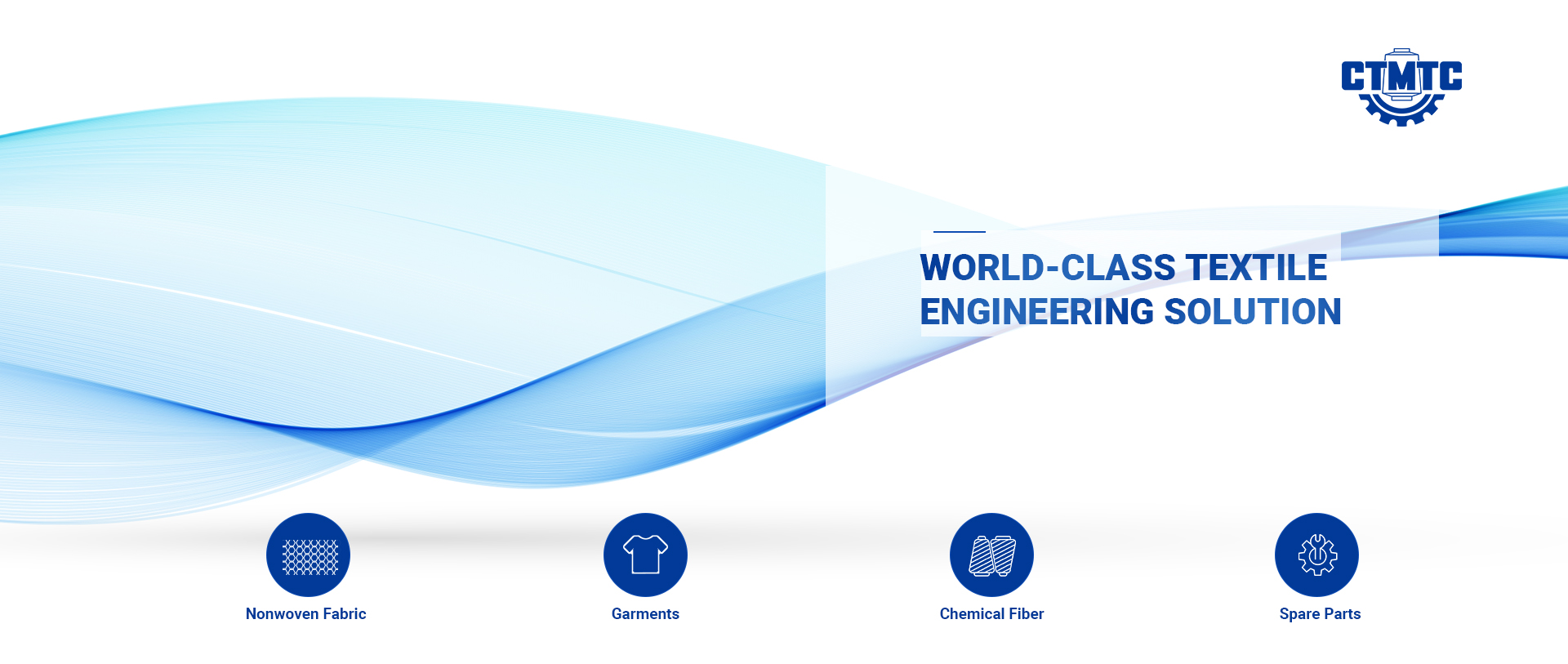In filament manufacturing machines, the extruder is a critical component responsible for melting and extruding the polymer material to produce continuous filaments. Filament machines are commonly used in the production of 3D printing filaments, textile fibers, and various other applications where continuous filaments are required.
Here’s an overview of the extruder’s role in a filament machine:
Polymer Melting: The extruder receives polymer pellets or granules as the raw material. These pellets are typically fed into the extruder’s hopper. Inside the extruder, the pellets are gradually heated and melted by a combination of heat, pressure, and mechanical mixing. The extruder’s heating elements raise the temperature of the polymer to its melting point or a specific processing temperature.
Screw Mechanism: The extruder consists of a screw mechanism that is responsible for moving the molten polymer material through the system. The screw is typically a rotating, cylindrical shaft with helical flights or threads. As the screw rotates, it conveys the molten polymer material towards the extruder’s nozzle or die.
Filament Formation: At the end of the extruder, there is a nozzle or die that determines the shape and size of the extruded filament. The molten polymer material is forced through the small opening in the die, which can have various shapes, such as round, rectangular, or custom profiles. The molten polymer material passes through the die and is rapidly cooled or solidified to maintain its shape and form continuous filaments.
Cooling and Take-up: After the filament is extruded, it goes through a cooling process to solidify the polymer material. This can involve passing the filament through a water bath or an air cooling system. The solidified filament is then wound onto a spool or bobbin using a take-up mechanism, which controls the tension and speed of winding to ensure proper filament formation and packaging.
The extruder in a filament machine is designed to provide a consistent and controlled melt flow of the polymer material, ensuring uniform filament diameter and quality. It plays a crucial role in transforming the solid polymer pellets into molten material and shaping them into continuous filaments with specific characteristics such as diameter, composition, and physical properties.
In filament manufacturing machines, the extruder is a crucial component responsible for melting and extruding the polymer material to produce continuous filaments. Filament machines are commonly used in the production of 3D printing filaments, textile fibers, and various other applications where continuous filaments are required.
Here’s an overview of the extruder’s role in a filament machine:
Polymer Melting: The extruder receives polymer pellets or granules as the raw material. These pellets are typically fed into the extruder’s hopper. Inside the extruder, the pellets are gradually heated and melted by a combination of heat, pressure, and mechanical mixing. The extruder’s heating elements raise the temperature of the polymer to its melting point or a specific processing temperature.
Screw Mechanism: The extruder consists of a screw mechanism that is responsible for moving the molten polymer material through the system. The screw is typically a rotating, cylindrical shaft with helical flights or threads. As the screw rotates, it conveys the molten polymer material towards the extruder’s nozzle or die.
Filament Formation: At the end of the extruder, there is a nozzle or die that determines the shape and size of the extruded filament. The molten polymer material is forced through the small opening in the die, which can have various shapes, such as round, rectangular, or custom profiles. The molten polymer material passes through the die and is rapidly cooled or solidified to maintain its shape and form continuous filaments.
Cooling and Take-up: After the filament is extruded, it goes through a cooling process to solidify the polymer material. This can involve passing the filament through a water bath or an air cooling system. The solidified filament is then wound onto a spool or bobbin using a take-up mechanism, which controls the tension and speed of winding to ensure proper filament formation and packaging.
The extruder in a filament machine is designed to provide a consistent and controlled melt flow of the polymer material, ensuring uniform filament diameter and quality. It plays a crucial role in transforming the solid polymer pellets into molten material and shaping them into continuous filaments with specific characteristics such as diameter, composition, and physical properties.
Post time: Jun-12-2023

